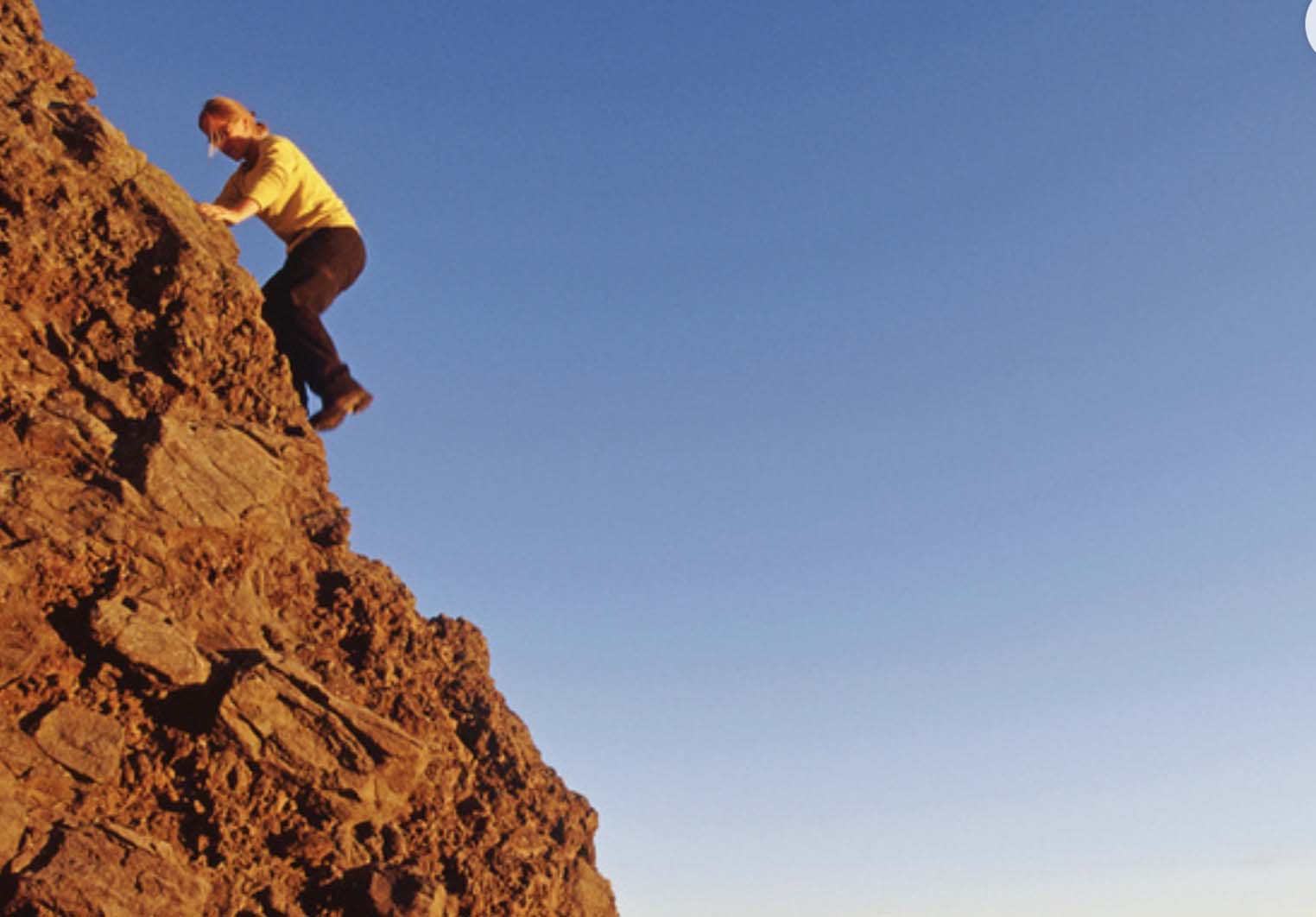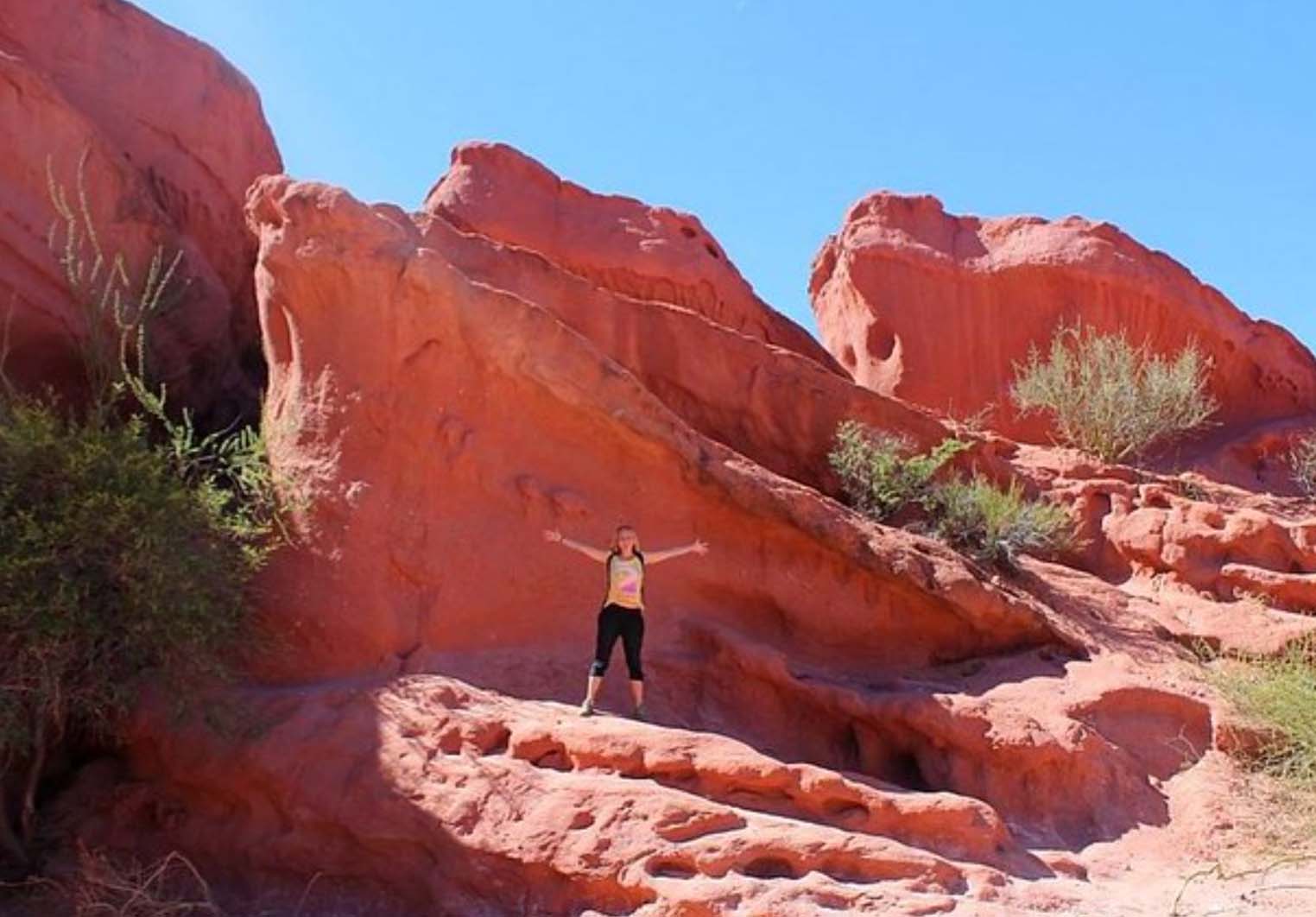If you’re a travel enthusiast – and if you’ve found your way here, it seems pretty obvious – you’ve probably heard the old adage: “Travel is about the journey, not the destination.” This might truly resonate with you, or it may seem like something you’ve read anywhere, but for me, it’s more real than the approximately three months I spent crisscrossing Argentina by car. I’ve spent countless days and nights on buses traversing Argentina – from top to bottom, though not necessarily in that order.
In fact, I’ve crossed the Andes four times, shuttling back and forth from Chile, witnessing lush green grasslands transform into tropical climates, palm trees lining the roads near the Brazilian border, driving through dust and salt flats near the Bolivian border, and then experiencing the perpetual winter climate of Tierra del Fuego at the southernmost tip of the Americas. Each ride itself is an adventure, and almost always accompanied by awe-inspiring scenery. Scroll down to view scenes I captured on the roads of Argentina.
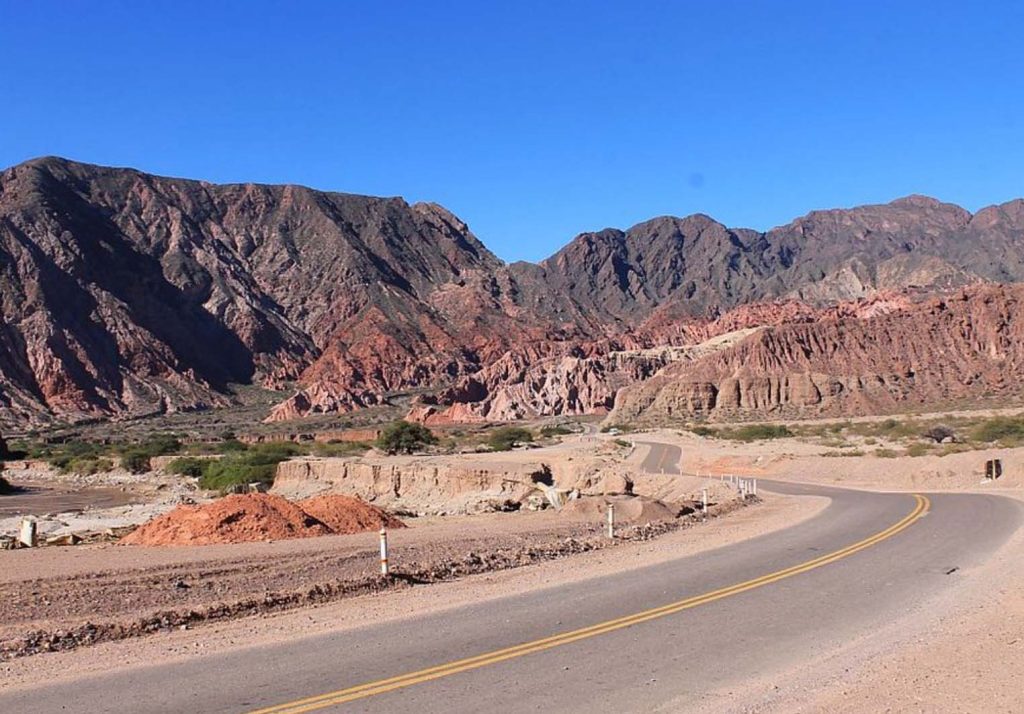
Traveling to Argentina by Bus – What’s the Experience Like?
To begin with, the buses in Argentina usually have the following features:
Bus Travel in Argentina: My maiden bus journey from Buenos Aires to Santiago, Chile, lasted a full 24 hours. I made the decision to invest in first-class seats, and the spacious, comfortable, genuine leather seats left us pleasantly surprised. These seats were equipped with personal TV screens, and to my delight, the meals even included complimentary wine.
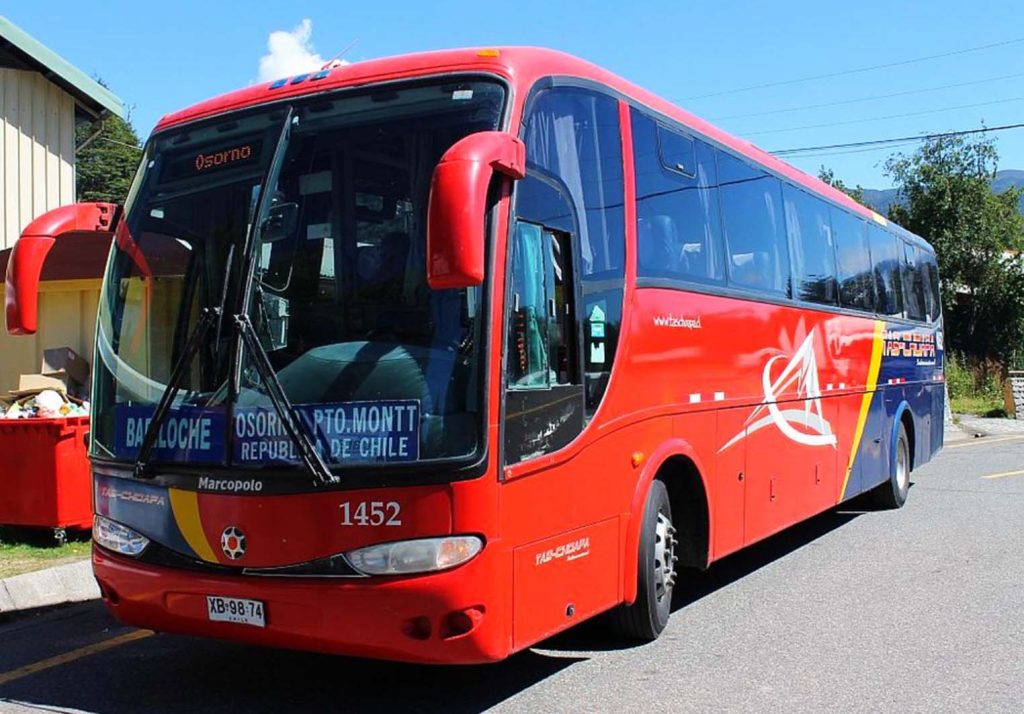
Eating Along Argentina’s Roads
The culinary experience was unexpectedly delightful, and the availability of vegetarian meal options when booking tickets was a welcomed relief. The endless 24-hour bus journey seemed quite a challenge after just a few stops, and it was unfortunate to realize that I might never encounter such food quality again during my travels. It’s worth noting that not all buses provide vegetarian choices, and the inclusion of these little culinary pleasures appears to be somewhat unrelated to the ticket price, which can fluctuate but generally remains relatively high.
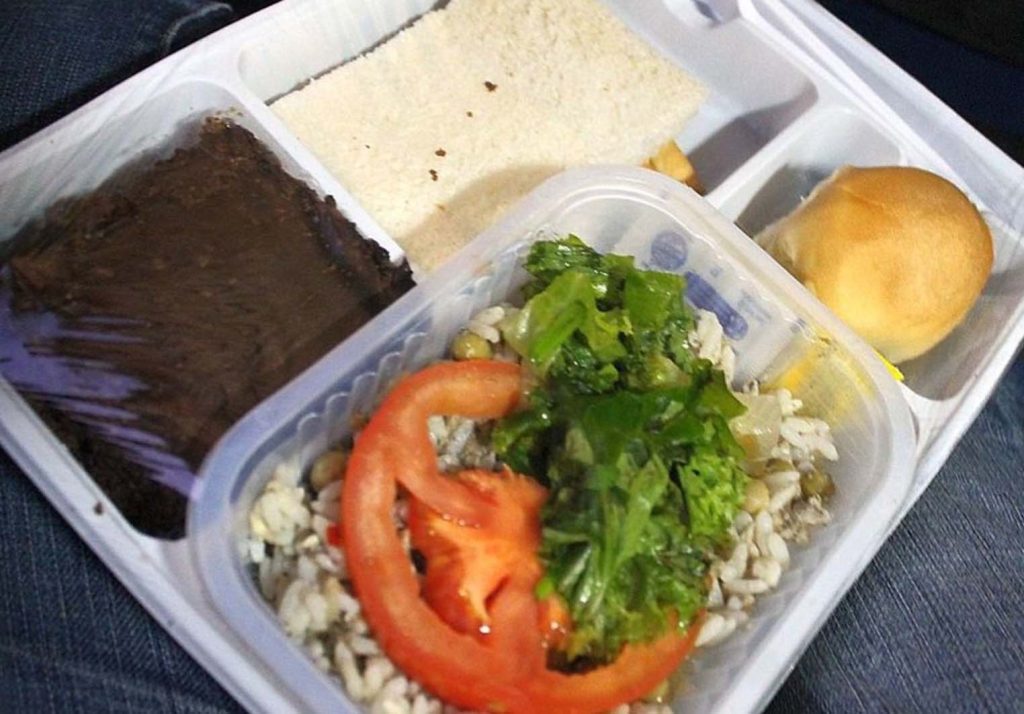
Typically, bus breakfasts consist of a selection of biscuits, various types of pastries, caramel milk, and jam.
During the bus journey to Salta, I observed that each passenger received three sets of sandwiches, all of them consisting of white bread, ham, and cheese. Surprisingly, even on this relatively short trip, the local stray dogs seemed to appreciate these offerings. If you happen to be a vegetarian and are planning to take a bus to Argentina, I would highly recommend bringing your own snacks, especially for longer journeys.
On shorter trips, the usual provisions typically include cookies and a cup of instant coffee, often served in foam plastic cups. For overnight bus rides, coffee is usually pre-brewed in a large container and, following Argentinean taste, generously sweetened. Oh dear! Regardless of which long-distance bus you travel on, there are dedicated attendants who provide meals and beverages while also taking care of collecting trash. These services are generally included in the ticket price, making your journey more convenient and enjoyable.

When I don’t have a first-class seat, I share a TV screen with the entire cabin, enjoying Lady Gaga and other popular videos together. Well, sometimes I really enjoy them, but there are times when I wish I had opted for noise-canceling headphones to block out some of the noise.
Traveling from the western outskirts of Buenos Aires to the Andes Mountains, the entire first day of the journey is rather uneventful in terms of scenery, until the Andes come into view on the horizon. I passed through vineyards around Mendoza and eventually drove straight into the mountains, following the winding mountain roads until I reached the Chilean border at the Libertador Pass.
After two months of driving south in Chile, I re-entered Argentina through the Andes Mountains near San Martín de los Andes, traveling approximately 1000 kilometers south. From there, I headed east into the beautiful Lake District of Bariloche.
The highlights of my visit in this region included exploring Nahuel Huapi National Park and the stunning Black Glacier. I then continued my journey south towards El Chaltén, which turned out to be the longest and most challenging bus ride of my entire trip.
This leg of the journey lasted a grueling 27 hours, marked by tension and constant jolts. At the beginning, I marveled at the Andes Mountains bathed in a reddish hue by the setting sun as I drove through the Lake District. However, things took a turn after a few hours.
For a substantial portion of the journey, the road was nothing but gravel. There were times when I would see the exact same landscape outside the window for the entire duration of a movie or a one-hour TV show, with no change in sight. The scenery was dominated by mountains, rocks, and some of the most barren landscapes I had ever encountered. Even in the dullest stretches, the vastness of Argentina was incredibly awe-inspiring, making the intense journey through its heart an unforgettable experience.
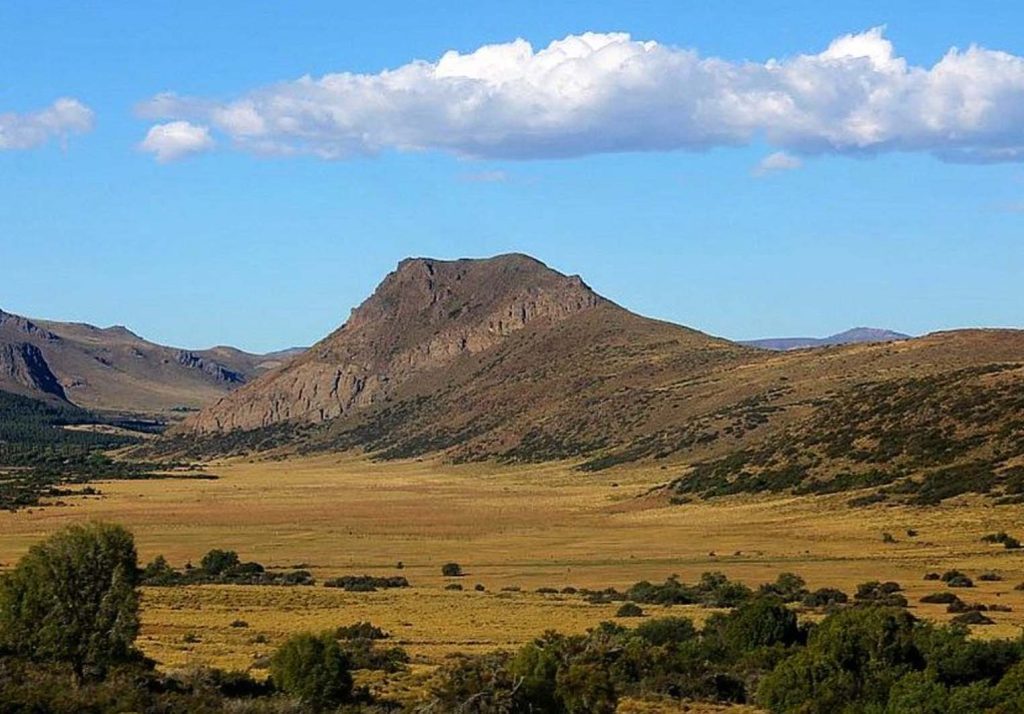
The bus journey I embarked on made me seriously contemplate the value of spending 27 hours traveling across Argentina as opposed to shelling out for a plane ticket. For my specific circumstances, it was a decision that made sense. My travel budget was under considerable strain, and the price gap between taking the bus and opting for a flight was nothing short of staggering.
The journey through Patagonia was an unforgettable adventure. When I finally arrived in El Chaltén, the scenery was so breathtaking that it made the entire journey worthwhile. I was particularly captivated by the stunning views of Fitz Roy Mountain.
Continuing my journey, I rode along the paved roads of the Andes Mountains, heading towards my next destination, El Calafate. In comparison to the long rides I had undertaken earlier, the three-hour journey to El Calafate felt like it passed in the blink of an eye. El Calafate served as my base for exploring the Perito Moreno Glacier.
The journey to the glacier is undeniably one of the most picturesque routes in all of Patagonia. It took me through high mountain lakes and led me directly into Los Glaciares National Park, surrounded by the majestic Andes Mountains. The views along the way were nothing short of spectacular, with pristine lakes and rugged mountain peaks creating a landscape that seemed straight out of a dream.
Upon reaching El Calafate, I was filled with excitement about the adventure that awaited me. The Perito Moreno Glacier is a sight to behold, and I couldn’t wait to explore it up close. The entire experience in Patagonia was a true visual delight, leaving me in awe of the natural beauty this region has to offer.
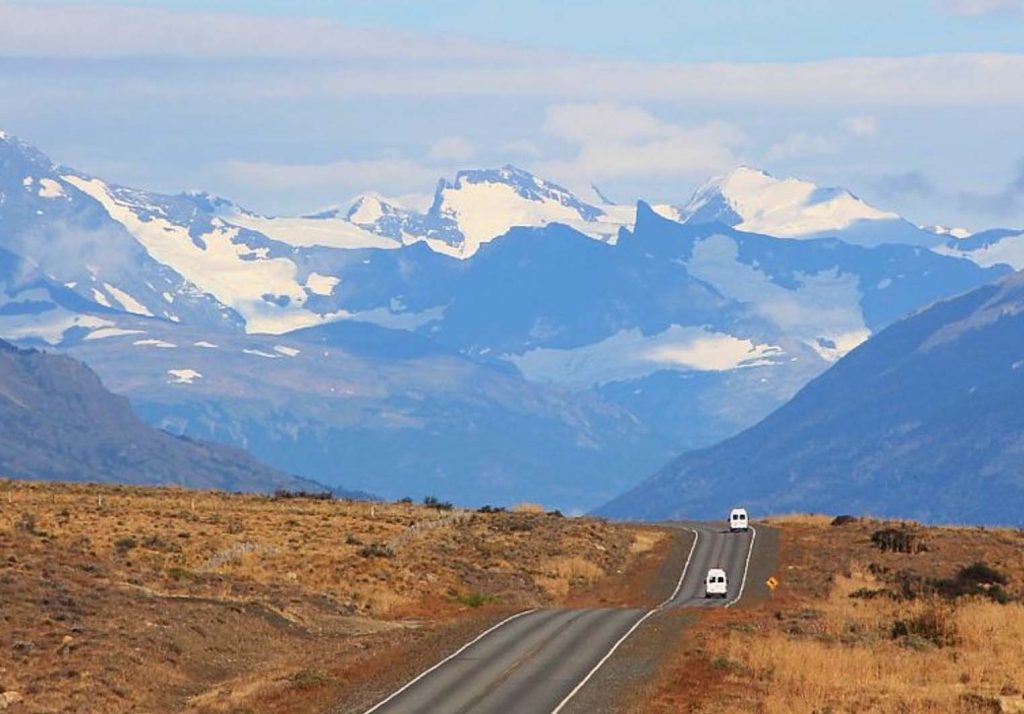
From this point, which is considerably far south, I embarked on a journey back to Chile, exploring the Torres del Paine National Park and Punta Arenas. In Punta Arenas, I took a ferry to reach Porvenir, marking my first visit to Tierra del Fuego.
Here’s where things got a bit complicated. I found myself hitchhiking across the border into Argentina to make my way to the “End of the World,” also known as the southernmost city in the world, Ushuaia.
The adventure continued as I crossed borders and navigated different modes of transportation to reach the remote and awe-inspiring destinations. I was captivated by the rugged beauty and the sense of being at the edge of the world, experiencing the dramatic landscapes and unique culture of this southernmost region.
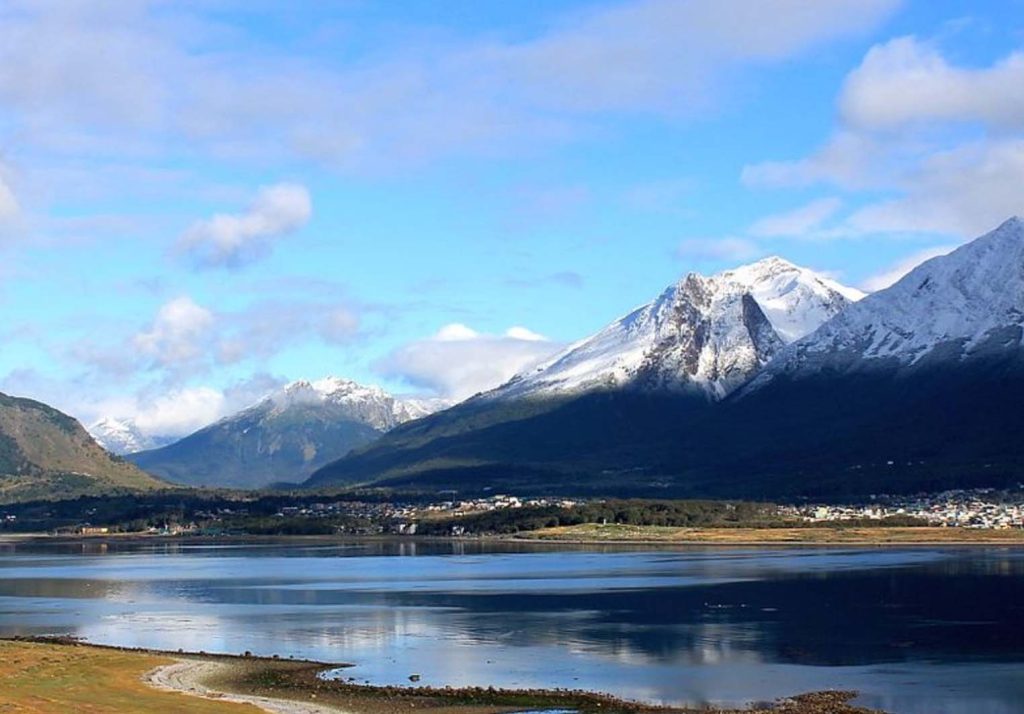
The road to Iguazu Falls.
The road to Iguazu Falls presented a unique journey. At that time, the only options seemed to be heading back north or venturing towards Antarctica, which was a whole different adventure waiting to happen. After braving the chilling temperatures of Patagonia, I was eager to make my way to Montevideo, Uruguay. Given that a three-hour flight was priced similarly to a more than 50-hour bus ride, I decided to give my knees a well-deserved rest and opted for a flight to Montevideo.
Spending a few weeks in Uruguay, I recharged and prepared for the next leg of my adventure. I then headed west once again, back into Argentina, to explore the northern regions of the country. During my stay there, heavy rains inundated large parts of the country. By the time I reached Iguazu, some fields were still submerged under water.
The journey was a testament to the unpredictability and diverse landscapes of South America. From the icy beauty of Patagonia to the more temperate climate of Uruguay and the watery challenges faced in the flooded areas, each leg of the trip offered its own set of unique experiences and challenges.

Suddenly, I found myself in a tropical climate, surrounded by jungles and palm trees. The 24-hour bus ride had transported me to a completely different place in Argentina.
In a location near the Brazilian border, it was hard to believe that this was the same country as Buenos Aires, the Lake District, or Rosario… Nicaragua’s scenery felt more homely than the bustling cities in the south or the tranquil tourist enclaves.
A road through the northwest of Argentina.
And so it was, after a 20-hour drive, I arrived in Salta, leaving behind the tropical region and passing through countless serene villages, entering a charming Spanish colonial city.
Departing from Salta, I made my way towards Cafayate, a journey of only four hours, yet undeniably one of Argentina’s most spectacular destinations. Along a winding mountain road, I traversed the striking red rock formations of Quebrada de las Conchas, arriving in Cafayate, a dusty winemaking town surrounded by vineyards and mountains.
My next destination was equally breathtaking: traveling along the Quebrada De Humahuaca route, which leads from Salta to the Bolivian border. I paused in Humahuaca, just a two-hour drive from Salta.
Here, I rented a car, embarking on the Cafayate to Uyuni Road trip at my own pace.
The liberty and adaptability at my disposal enabled me to take a scenic detour through the Cuesta De Lipan or Lipan Rise, which stands at an elevation of 4,170 meters (13,700 feet) on my route to Argentina’s renowned Salinas Salt Flats.
Within this mountainous region, I encountered a greater number of indigenous camelid families than anywhere else in Argentina! Although Argentina’s salt flats are smaller in scale compared to the famous Uyuni Salt Flats in neighboring Bolivia, traversing through them still left me in awe of the stunning landscapes. The following day, I continued my journey towards the indigenous town of Humahuaca, passing by more llamas and alpacas, and witnessing some of the most vivid and colorful mountain ranges I’ve ever laid eyes on. Here, the proximity to Bolivia was palpable – in the people, the atmosphere, the traditional attire, and the travel trinkets on display at the market.
A few days later, I embarked on my fourth and final journey across the Andes Mountains. Starting from Jujuy, I boarded a public bus that took me westward through an astonishingly desolate region, an expansive terrain that alternated between rugged mountains and flat plains. Gazing into the distance, the road stretched on for miles, creating the sensation of being on an entirely different planet. This last leg of the journey through Argentina would lead me into Chile, culminating in the Atacama Desert, situated nearly 4,000 kilometers to the north of my ultimate transit point in Patagonia.
